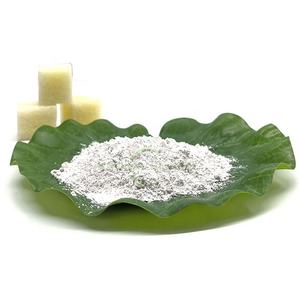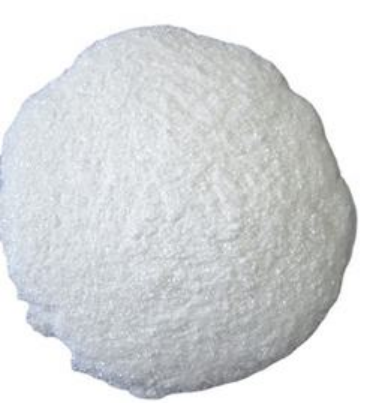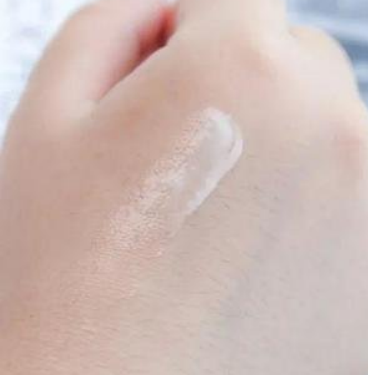1. Introduction
Just 24 hours ago, a major U.S. retailer announced it would phase out sodium lauryl sulfate (SLS) from all its private-label shampoos and body washes by 2025, citing growing consumer demand for gentler, eco-friendly surfactants. This move reflects a broader shift as more people seek to avoid harsh detergents linked to skin irritation and environmental concerns.

If you’ve ever experienced dryness, redness, or itching after using a cleanser, SLS—also labeled as sodium dodecyl sulfate, lauryl sulfate, or natrium lauryl sulfate—might be the culprit. But don’t worry: switching to safer options is easier than you think. This guide walks you through how to spot SLS, understand its role as a surfactant, and replace it with milder alternatives without sacrificing cleaning power.
2. What Is Sodium Lauryl Sulfate and Why Avoid It?
Sodium lauryl sulfate (SLS) is a powerful anionic surfactant widely used in shampoos, toothpastes, and household cleaners for its foaming and grease-cutting abilities. The meaning of surfactant? It’s a compound that reduces surface tension, helping water mix with oil and dirt so they rinse away easily.
While effective, SLS can strip natural oils from skin and hair, leading to irritation—especially for sensitive or eczema-prone individuals. It’s often confused with sodium laureth sulfate (also called sodium lauryl ether sulfate or laureth sulphate), which is milder but may contain trace contaminants from ethoxylation.
3. How to Spot SLS on Product Labels
Manufacturers use many names for SLS. Check ingredient lists for these terms:
- sodium lauryl sulfate
- sls sodium lauryl sulfate
- sodium dodecyl sulfate
- na lauryl sulfate
- natrium lauryl sulfate
- ammonium lauryl sulfate (a close relative)
- ammonium dodecyl sulfate
Also watch for ‘sulfate laureth’ or ‘sls sulfate’—these may refer to SLES (sodium laureth sulfate), not pure SLS, but both are anionic surfactants worth evaluating based on your sensitivity.

4. Step-by-Step: Replacing SLS with Gentler Surfactants
Switching to safer cleansers doesn’t mean giving up lather. Here’s how to choose effective, skin-friendly alternatives.
4.1 For Shampoos and Body Washes
Look for products featuring these mild surfactants:
- Cocamidopropyl betaine (also called coco betaine or amidopropyl betaine): an amphoteric surfactant that boosts foam while reducing irritation from anionic ingredients.
- Decyl glucoside or coco glucoside: non-ionic surfactants derived from coconut and glucose—ideal for sensitive skin.
- Sodium cocoyl isethionate or sodium lauroyl sarcosinate: gentle anionic surfactants that cleanse without stripping moisture.
- Sodium coco sulfate: a milder cousin of SLS, often used in ‘SLS-free’ bars.
Avoid confusing ‘sodium laureth’ with ‘sodium lauryl’—the former (SLES) is less irritating but still synthetic.
4.2 For DIY Formulations
Making your own cleanser? Try this simple base:

- 60% distilled water
- 20% decyl glucoside (non ionic surfactant)
- 10% cocamidopropyl betaine (amphoteric)
- 5% glycerin (humectant)
- 5% essential oils or preservatives as needed
This blend avoids harsh anionic and cationic combinations that can destabilize formulas. Never mix strong anionic surfactants like SLS with cationic ones like cetyl trimethyl ammonium bromide (CTAB)—they neutralize each other.
5. Special Cases: Surfactants Beyond Personal Care
Not all surfactant use is cosmetic. In agriculture, surfactants act as wetting agents for herbicides.
For lawn care, a nonionic surfactant like polysorbate 80, Span80, or methylated seed oil works as a lawn wetting agent or wetting agent for grass, helping weed killers like Roundup stick to waxy leaves. Bio surfactants such as rhamnolipids are gaining traction as eco-friendly options.
Industrial cleaners might use sodium dodecylbenzene sulfonate or lignin sulfonate—both anionic—but these aren’t suitable for skin contact.
6. Where to Buy SLS-Free or Alternative Surfactants
Need bulk ingredients? Reputable suppliers like Rohit Surfactants Private Limited offer sodium lauryl sulfate for sale alongside alternatives like sodium lauroyl methyl isethionate, coco amido propyl betaine, and ethoxylated alcohol-free options.
For home use, look for ‘sulfate-free’ labels or certifications from EWG or COSMOS. Remember: ‘sls sodium laureth sulfate’ is a mislabel—SLS and SLES are different compounds.
7. Common Mistakes to Avoid
- Assuming ‘natural’ means SLS-free (many natural brands still use SLS).
- Using cationic surfactant (e.g., cetyltrimethylammonium bromide) in rinse-off cleansers—it’s meant for conditioners, not cleansing.
- Overloading formulas with multiple anionic surfactants, which increases irritation risk.
- Confusing fluoro surfactants or copper 1 bromide (industrial/lab chemicals) with personal care ingredients—they’re not safe for skin.
8. Conclusion
Ditching sodium lauryl sulfate doesn’t mean sacrificing performance. With a little label literacy and knowledge of alternatives like alkyl polyglucoside, cocamidopropyl, and sodium cocoyl glutamate, you can build a gentler, more sustainable routine. Whether you’re formulating shampoo, choosing a body wash, or mixing a weed killer, understanding surfactant types—anionic, cationic, nonionic, and amphoteric—empowers smarter decisions. As major brands respond to consumer demand, now’s the perfect time to make the switch.
Our Website founded on October 17, 2012, is a high-tech enterprise committed to the research and development, production, processing, sales and technical services of ceramic relative materials such as How. Our products includes but not limited to Boron Carbide Ceramic Products, Boron Nitride Ceramic Products, Silicon Carbide Ceramic Products, Silicon Nitride Ceramic Products, Zirconium Dioxide Ceramic Products, etc. If you are interested, please feel free to contact us.


